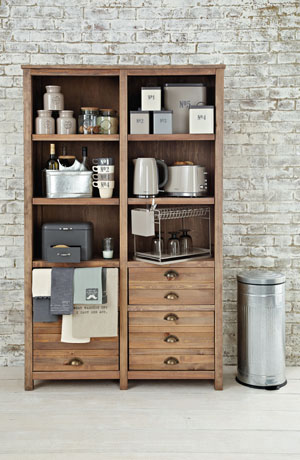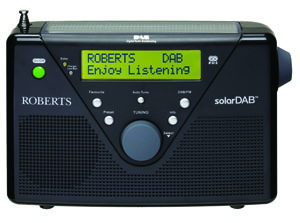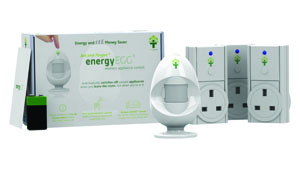Saving energy to reduce your bills
Latest Interiors looks at ways to save energy in the home and reduce your bills
It’s never been easier to make your home more eco-friendly. And going green – or at least a bit greener – can save you money, too. Adapting your home to conserve energy, recycle waste and make best use of all resources is a sensible investment for yourself, and for the environment. This week, Latest Interiors is going to turn you a little green…

Know your limits
The first step in making your home more eco-friendly is to work out how much energy you’re using, and where you can save. A professional energy audit will give you an in-depth assessment of usage and areas for improvement, but if you want to do it yourself, the Energy Saving Trust (www.energysavingtrust.org.uk) has an online home energy check that can help you to work things out. Many energy companies offer online and in-home tools to help you monitor and reduce energy use – for example, Eon sell a range of eco-friendly ‘power-down’ gadgets (that automatically switch off electrical when not in use) and monitors in their online shop. And remember – lower energy use means lower carbon emissions; you can track the changes to your home’s carbon footprint at www.carbontrust.co.uk. To help you save money, invest in a gadget like the Treegreen Energy Egg (£39.95 at www.johnlewis.com), which automatically switches gadgets off for you when not in use – even standby mode eats up energy!
Water waste
Are you using too much water? Check your home for leaking pipes and dripping taps or cisterns, and get them fixed. If you have a water meter, you can check for leaks by switching off all taps and appliances, and watching to see if the meter keeps running. Save water for the garden or car-washing in a water-butt if you can – they’re incredibly cheap, and easy to install. Installing a ‘low flow’ toilet will also conserve water. Losing your lawn, and replacing it with decking or stone will help to drought-proof your garden, too.

Wrap up warm
According to the Energy Saving Trust, insulating your loft could save you around £250 per year. You’ll save even more if you insulate walls and draughty wooden floors – you should recoup most outlay in a year or two. You might also want to look into installing solar panels to generate your own energy for hot water or heating – this will involve some outlay, but cost nothing to run (daylight is still free, so far) and most homes won’t need planning permission. Some homeowners (for example, those in receipt of certain benefits) may be eligible for grants towards insulation and other eco home improvements – see Brighton & Hove City Council’s website for details: www.brighton-hove.gov.uk
Doors & windows
While we’re on the subject of insulation, you can reduce heating bills even more by filling any gaps and blocking draughts. Use curtains and draught excluders for added warmth. Double glazing, particularly if it uses ‘low emissivity’ glass, will also improve the energy efficiency of your home – but check first with the local planning department if you live in a conservation area or listed building.

Re-use, recycle
Of course, all of us should be recycling regularly, but are you recycling as much as you could?
If you have a garden, you could be composting vegetable and fruit waste too. Before you throw household items or furniture out, consider if you can re-use them in some way (re-covering sofas, turning pretty fabrics into cushions, and so on), or donate them to a charity who will sell them on (cheaply) to people who need them.
Home appliances
When major appliances like fridges, dishwashers and even TVs come up for replacement, invest in new low-energy models – look for the blue ‘energy saving recommended’ logo, which means an appliance meets or exceeds the Government specified energy requirements. Make sure you’re using energy saving light bulbs, and always switch off lights, appliances and chargers that aren’t in use. Some appliances use up to 25 per cent of their normal power in standby mode. Switch them off, and watch your bills come down.

Get the balance right
Finally, turn your thermostat down – reducing room temperature by only 1°C could cut your heating bills by up to 10 per cent. Make sure that heating and hot water is timed to come on only when you need it, and check that the cylinder thermostat (which controls the temperature of your hot water) is set to no higher than 60°C. Making just a few of the changes described here can make a big difference to your energy consumption – so what are you waiting for?




















